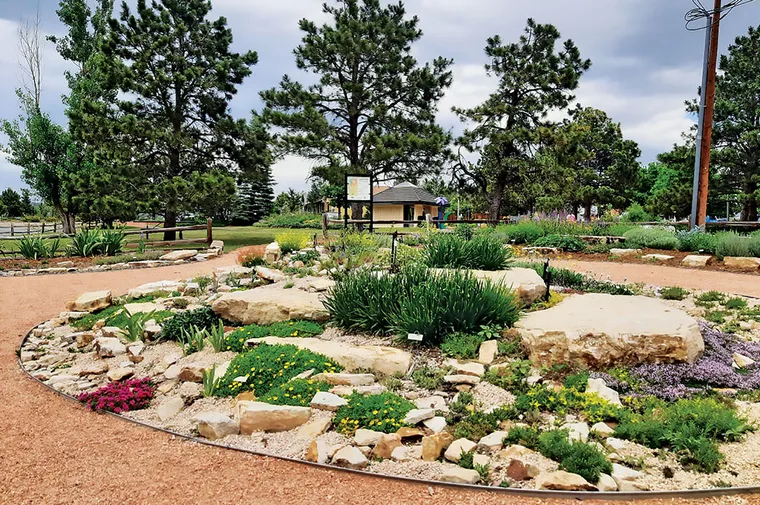Sparing parks and open spaces from the worst of the damage caused by wildfires
Monument, Colo., is a small, historic town sitting in the shadow of the eastern-most edge of the Rocky Mountains. Locals refer to this area as the Front Range. Living along the Front Range affords residents spectacular views and sunsets, proximity to countless outdoor amenities, and an easy commute between Colorado’s two largest cities, Denver and Colorado Springs. This area can be quite appealing to a jaded urban-dweller, and thus has seen an explosion of growth in the last decade. But there is a reality that many new residents are not prepared for—wildfire. A large percentage of the residents of the Front Range live in a zone called the Wildland-Urban Interface (WUI). These towns and residences are situated among forested and natural areas.
Park planners and landscape designers have long followed these tenets: conserve water, include native plant selections, design for long-term sustainable maintenance, and follow Integrated Pest Management (IPM) strategies. Now, another tenet has been added to the list—design for fire. In this part of the country, the emerging understanding of wildfire events is that it is not a matter of “if” but “when.” This is not an approach born out of anxiety or paranoid thinking. On the contrary, this allows the landscape planner to look objectively at the flammability of their landscapes. The term “firewise” can be slippery to define. This is why some prefer the term “ignition-resistant.”
The town of Monument is situated adjacent to Pike National Forest, an expansive, forested wildland in which fire is built into the ecology. In the event of a forest fire in this area, residents would be evacuated, and the buildings and landscapes they leave would likely experience what is commonly called an ember storm. While firefighters work to contain the main body of the fire miles away, the embers from the fire fall on those communities situated in the WUI. The distance and speed by which embers from a wildfire can travel depend on factors such as wind, weather, and intensity. Taking steps to create firewise (aka ignition-resistant) landscapes means those fighting the fire will have one less structure or site to defend. Historically, many structures lost in Colorado fires were ignited by falling embers, not from fire sweeping across the site.

